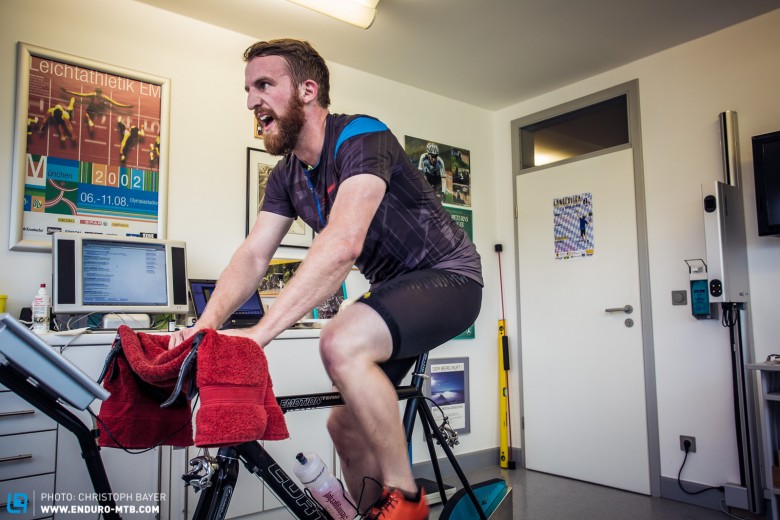The season is almost done and winter is knocking on the door, so really it should be high time to put your feet up…if only you hadn’t already set targets for next year.
Whilst some of you might want to finish a certain race series with a better overall standing others might just want to be able to tackle more spectacular and strenuous adventures. So that you are able to fulfil those goals we’re starting a new series called “Ride Fit” to provide you with regular, exciting, informative and motivating articles on the subject of fitness training. We’ll start off with an interview with sport scientist Michael Kley, who will present an overview of the different components of a successful winter training program.
Hi Michael, can you briefly introduce yourself to our readers:
Hi, my name is Michael Kley and I work as sport scientist in the area of movement analysis and performance diagnostics in Garmisch-Partenkirchen. I started mountain biking a few years ago and since then I’ve been spending a lot of my free time riding mostly in the gravity area. That I spend a lot of time thinking about training is down to my job. This year I even rode a few Enduro races myself and started working as trainer for the Focus Trail Team mid season.
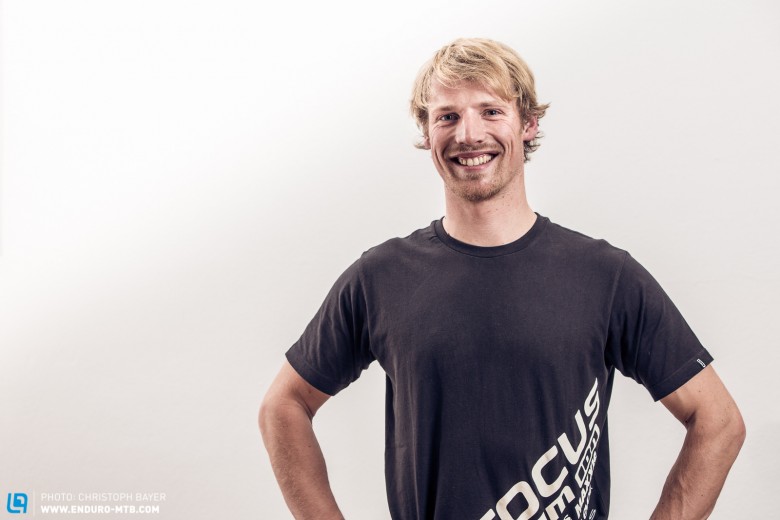
OK Michael lets get started straight away. We want to give our readers tips for winter training, therefore the question: can you do something for your fitness in the winter when the trails are covered in snow and mud and long rides become impossible?
There are lots of things you can do off the bike, which you will profit from in the next season. Especially for cyclists who ride a lot cross training during the winter makes real sense. In addition you should work on your basic endurance level as in the summer from experience there’s never enough time for that. During the summer the intensity of your rides is probably too high to come in the basic endurance training level so winter is the time to get this built up.
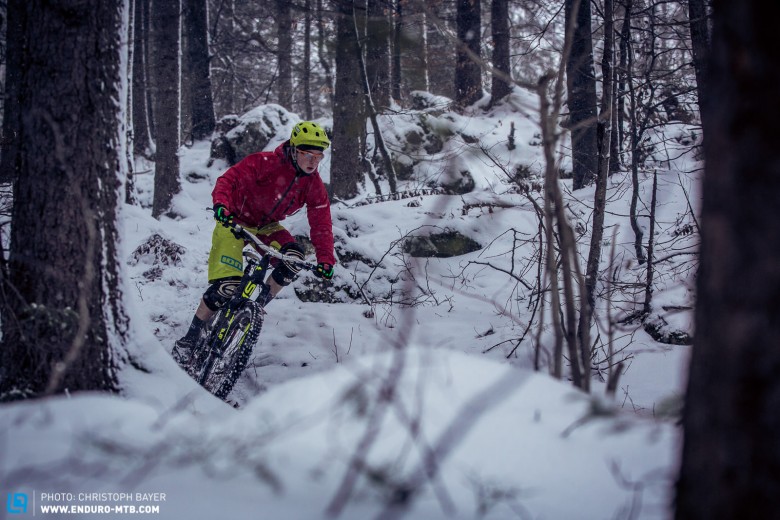
And why should a biker do cross training?
Let’s be honest: cycling is a one-sided strain on your body. It’s always the same muscles that are working in exactly the same body position. This is why imbalances can arise between different muscle groups if you ride a lot. In the short or long term this can cause problems and even decrease your overall performance.
You can view any type of sport where you don’t constantly repeat the same movements as during biking as cross training (e.g. climbing, bouldering).
So if you want to specifically do something to compensate for the one-sided stresses caused by cycling a program of mobility training, gym work and stabilisation training is the right way forward. Such an off-season program will really reap benefits in the spring when you get back on the bike.
What does such a program contain? Can you give us a few examples?
The mobility training should be focussed on our power supply – the legs because you only have a healthy position on the bike if your leg and hip muscles are relaxed. Core and shoulder mobility mustn’t be ignored however as our backs and arms are always held in the same position during climbs. The gym work aims to strengthen those muscles, which are less used when riding for example the stomach. Of course we don’t forget bike specific muscles but we don’t just train them as otherwise we are once again creating an imbalance on the body.
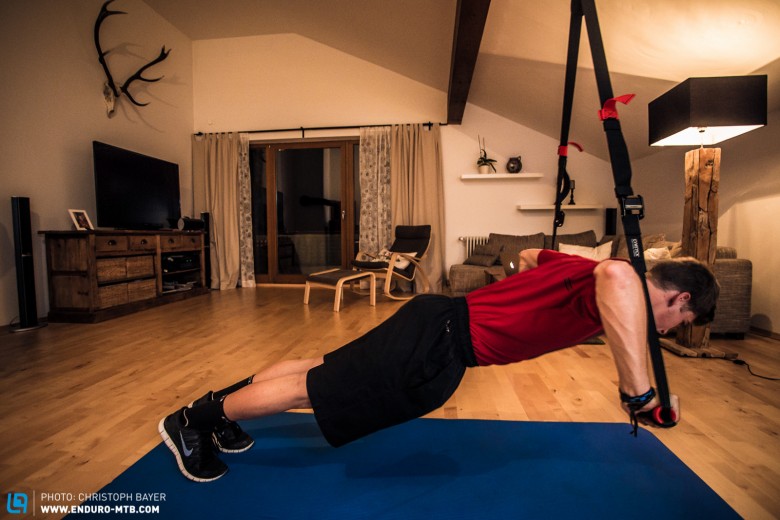
The stabilisation work is all about strengthening the core muscles as a group so that your upper body can always remain in the position you want. A strong core allows riding the bike whereby the arms and legs can be better co-ordinated. Only this way will you able to cleanly hit the lines on the trails that you want.
What is so important about your basic endurance level and as an enduro rider do I need a good basic level of endurance fitness?
The basic level of endurance is your foundation and can be seen as a resistance against tiring during long periods of exertion. In addition your ability to recuperate between exertions is determined by your basic endurance fitness. If you take an enduro race the duration can be up to five hours long. So it’s really important that after five hours on the bike and a long final climb you still have sufficient power to complete the last timed stage. But even if you’re not competing endurance fitness is important as during a long ride the last descent should be fun and if you’re really exhausted accidents are much more probable. You can improve your endurance with medium to long duration workouts at low intensity. The type of sport is up to you as it’s mostly about improving your cardio-vascular system. Along with mountainbike rides road biking, running, swimming and cross-country skiing are suitable. Bike specific endurance is built up after general endurance fitness with more specific training suited to each particular type of sport.
How do I know when I am doing basic endurance training?
It’s difficult to exactly define a training zone valid for all riders. The endurance-training zone will vary according to factors such as current fitness and is different for every individual. Above all the basic endurance training shouldn’t be too intensive. The person training shouldn’t ever reach a level of intensity where a high level of lactic acid is produced. Breathing is a good parameter to use so the cyclist needs to keep to a steady breathing level during the workout.
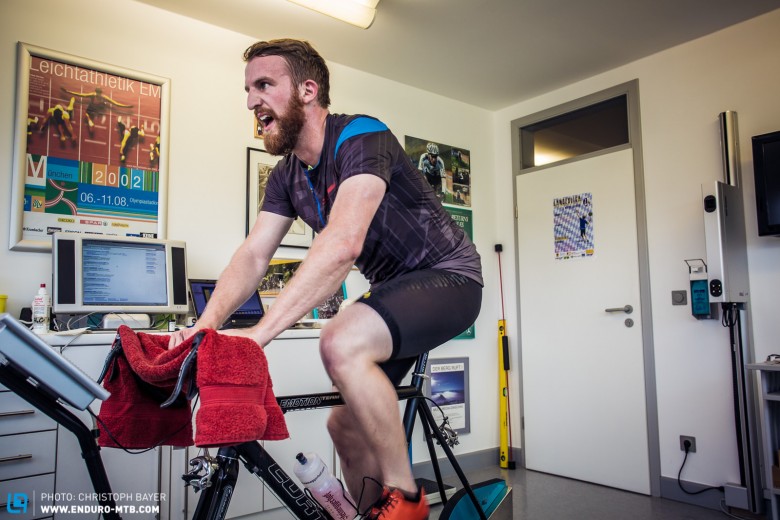
Testing the load whilst training using solid parameters such as pedal output in watts or heart frequency allows us to measure performance accurately. In the lab we carry out a progressive series of tests and measure blood lactic acid and breathing gasses. Based on this analysis we can exactly determine training zones which are then tested based on watt output or heart frequency.
Super stuff! Many thanks for the interesting interview!
Over the coming weeks our new “Ride Fit” series will provide regular and exciting reports on the subject of fitness so you can start the next season healthy and fit.
Words & Pictures: Christoph Bayer
Did you enjoy this article? If so, we would be stoked if you decide to support us with a monthly contribution. By becoming a supporter of ENDURO, you will help secure a sustainable future for high-quality mountain bike journalism. Click here to learn more.



